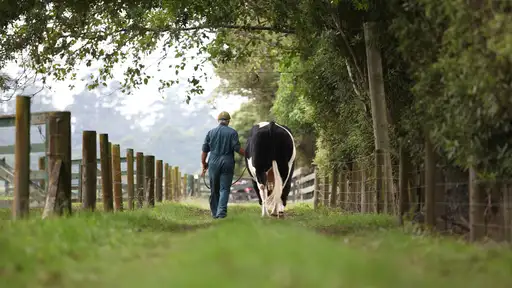The cow of the early 1990’s produced 55% of its own liveweight in milksolids, whereas a cow of recent years produces about 81% of its own liveweight in milksolids.

It seems likely we’re going to be milking fewer cows in future, so we need to be milking the best ones.
The best cows are more efficient at turning feed into milk – they weigh relatively less, produce more, and have a fertility advantage. They also have a lower emissions footprint per kilogram of milksolids.
The goal is to breed from more of your top-performing cows and avoid breeding from your poorer performers – this helps ensure you have the most efficient and profitable herd possible.
While at the individual farm level there’s a wide and varied number of factors, it’s conceivable that by 2030 your whole herd could perform at the level of your current top-25% of cows.
Herd improvement is well within reach for every farmer:
It can be achieved by focusing on four key pillars...

We provide our farmers with great genetics and practical tools and data to improve their cow performance and get the job done. Our experience with genomic science gives us confidence that we can continue to deliver results for our farmers at a faster rate.





